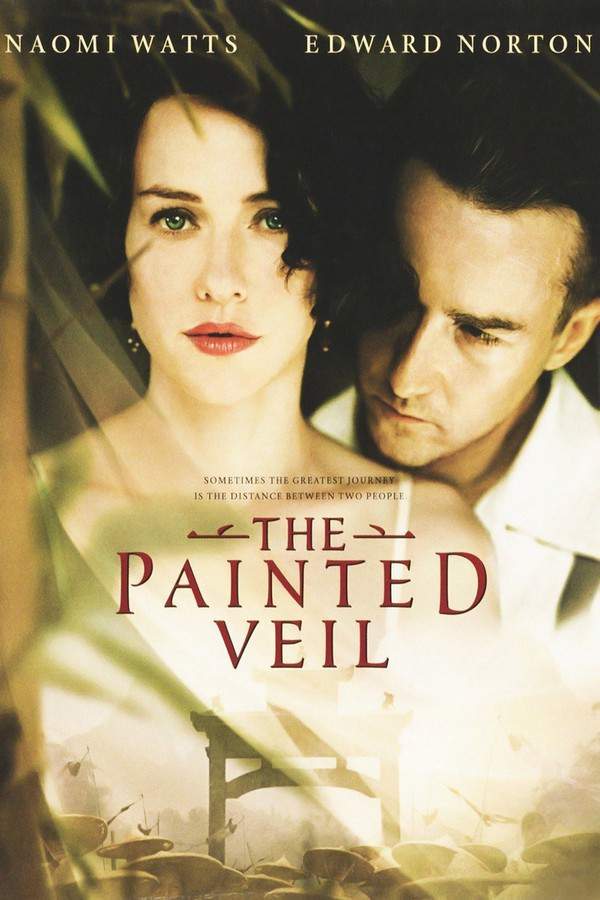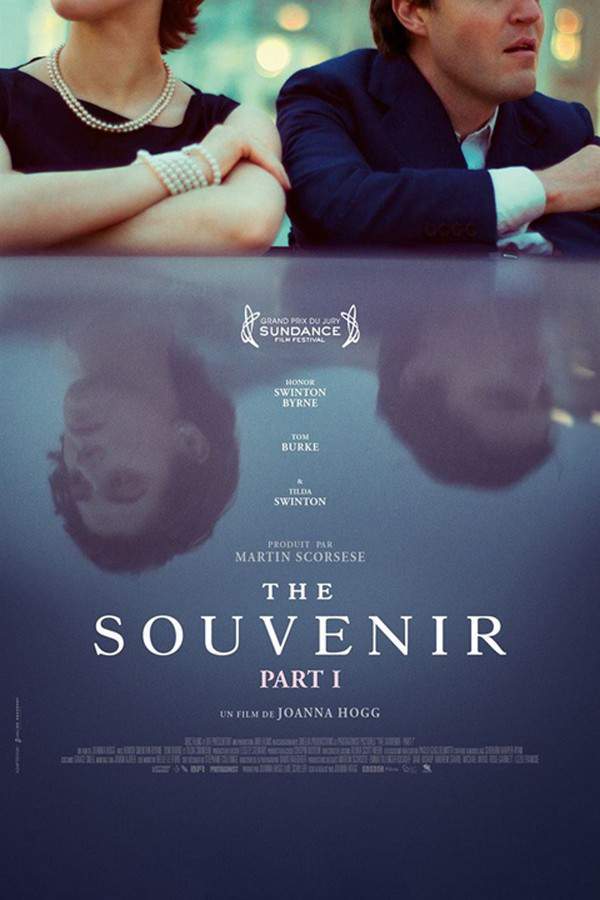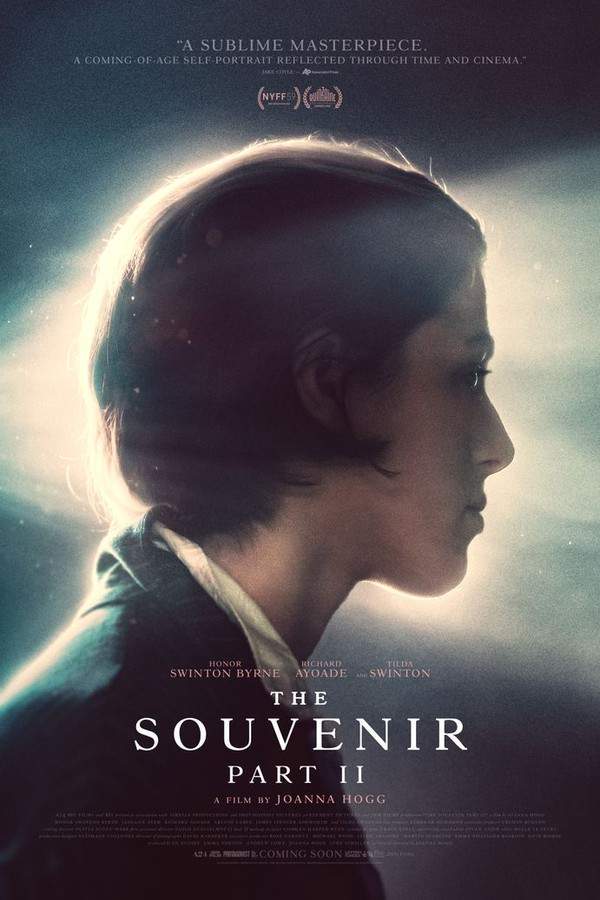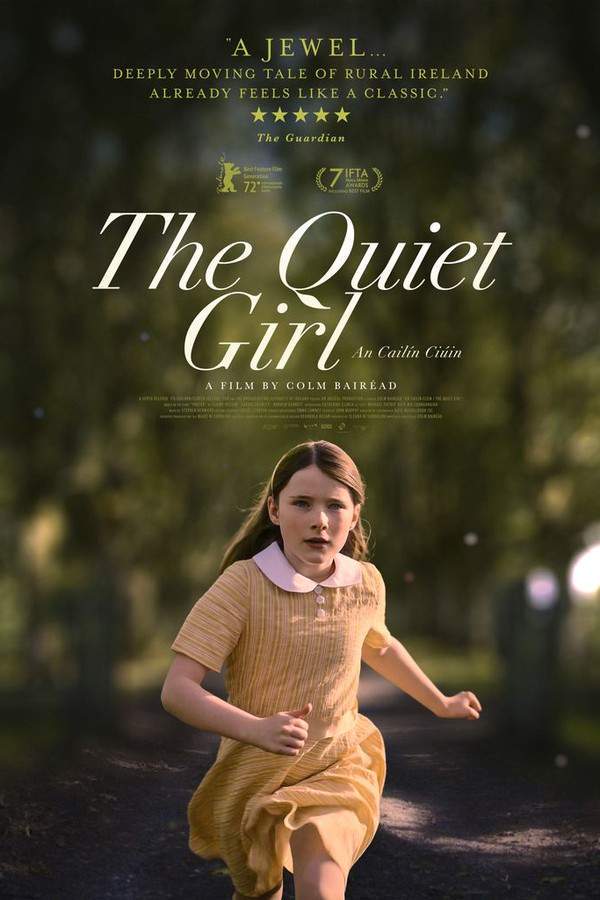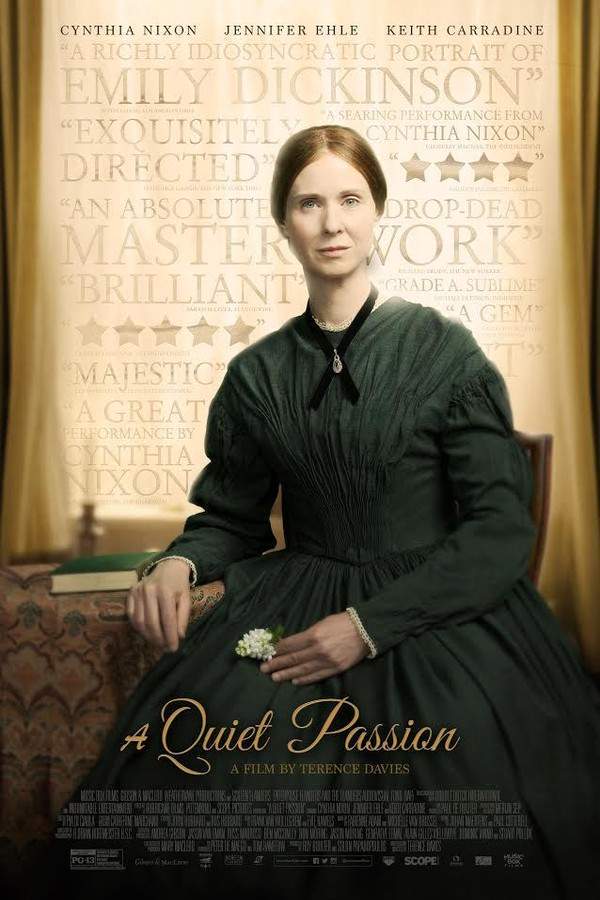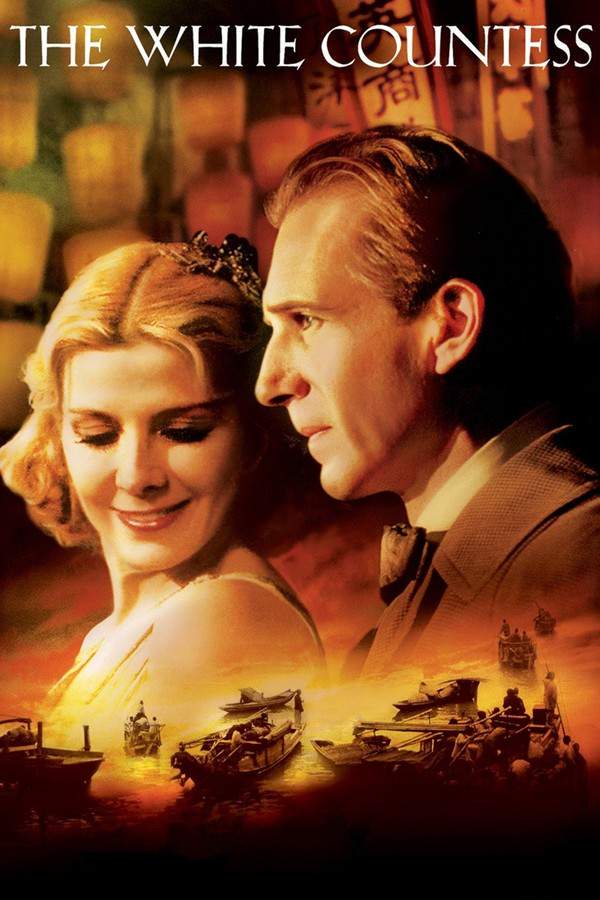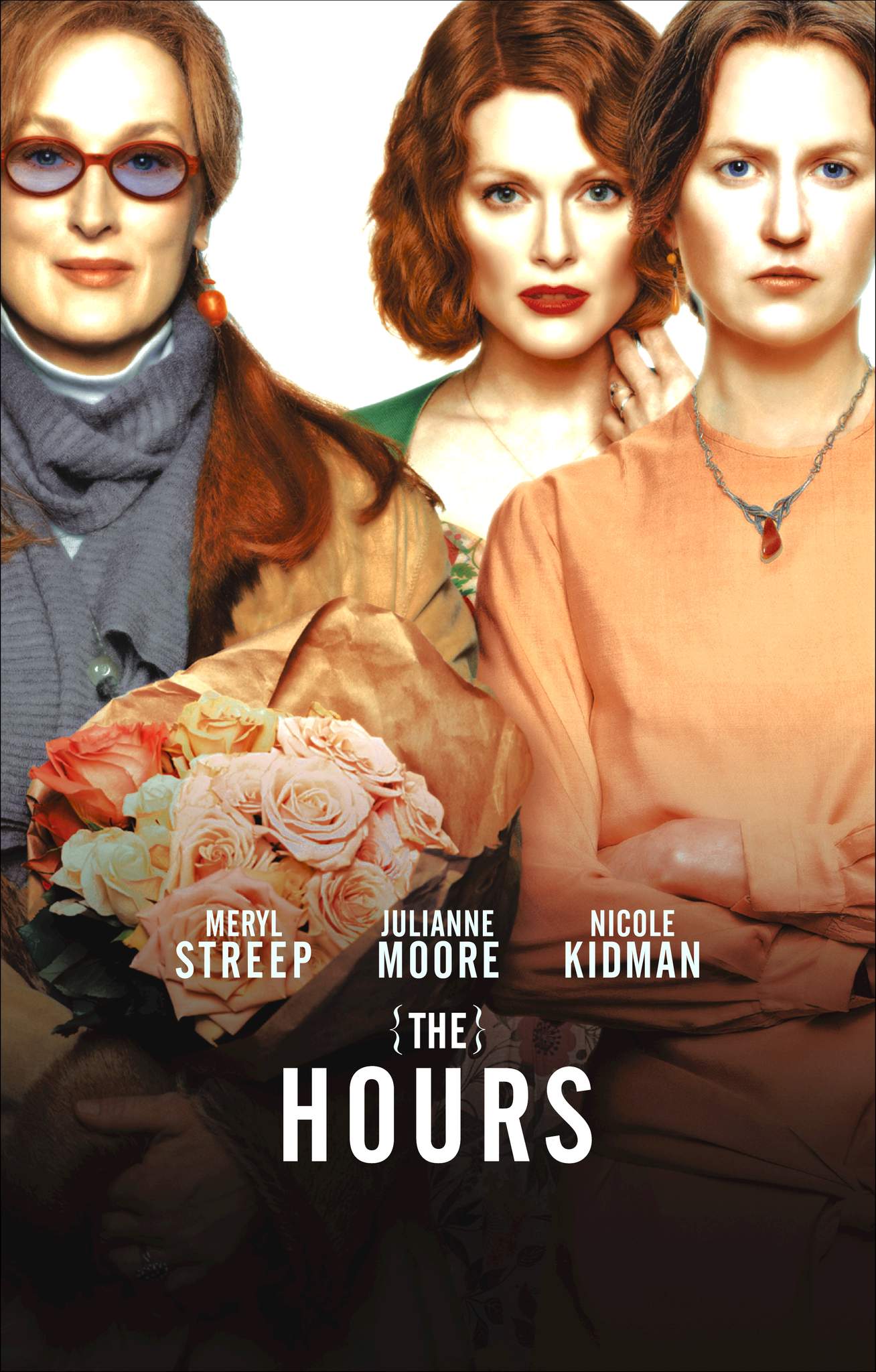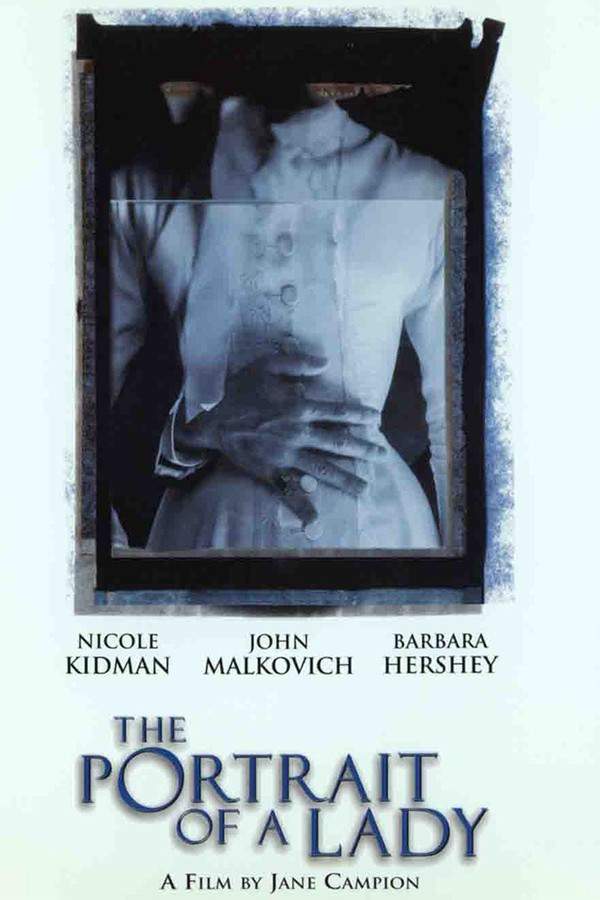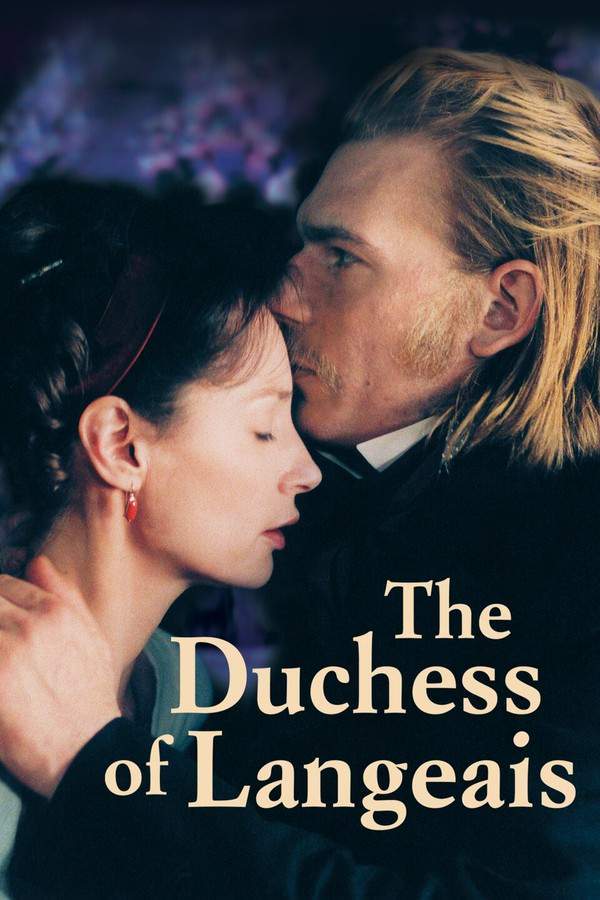
Everlasting Moments
Year: 2009
Runtime: 131 min
Language: Finnish
Director: Jan Troell
In early 1900s Sweden, Maria, a woman living on the fringes of society, unexpectedly wins a lottery. This windfall allows her to purchase a camera, through which she begins to see the world in a new light and capture the beauty surrounding her. She connects with the eccentric photographer known as "Piff Paff Puff," but her newfound freedom and artistic pursuits create conflict with her husband, who struggles with her independence.
Warning: spoilers below!
Haven’t seen Everlasting Moments yet? This summary contains major spoilers. Bookmark the page, watch the movie, and come back for the full breakdown. If you're ready, scroll on and relive the story!
Everlasting Moments (2009) – Full Plot Summary & Ending Explained
Read the complete plot breakdown of Everlasting Moments (2009), including all key story events, major twists, and the ending explained in detail. Discover what really happened—and what it all means.
Maria, a Finnish woman living in Sweden, unexpectedly wins a priceless Contessa camera in a lottery alongside a man named Sigfrid Larsson. To share in the fortune, they agree to marry and soon have a large family. As the early 1900s unfold, Maria finds herself visiting a shop run by the Danish-Swede Sebastian Pedersen, hoping to sell the camera. Mr. Pedersen assures her that he can provide an estimate, capturing a photograph of her as she departs. Upon returning, Maria is astonished by the picture and grows curious about the intricacies of photography. Mr. Pedersen takes the opportunity to explain some basic concepts surrounding the art.
Boosted by their growing rapport, he gifts her updated equipment in exchange for her Contessa. Although she lacks cash, Mr. Pedersen allows her to keep using the camera, maintaining ownership. Maria begins her photography journey, documenting her children and requesting them to keep it a secret from Sigfrid. She later uses her newfound skill for post-mortem photography on a girl named Ingeborg, freely giving a copy to the grieving mother. Gripped by admiration for Maria’s talent, Mr. Pedersen accepts the memorial photograph as a substitute for the camera payment.
When an explosion during a labor strike results in injuries and a death, authorities briefly arrest Sigfrid. Maria shows him the kids’ picture, and a witness later clears him of the accusations. Five years later, as World War I looms in 1914, Maria, who has lost contact with Mr. Pedersen, returns to his shop to discuss taking photographs of soldiers. Around the same time, Scandinavian monarchs gather to strategize on remaining neutral in the war, with Maria capturing their public appearance in a photograph. She is astounded to discover that a newspaper has purchased and published her photo of the kings.
As her children learn about the Ten Commandments, they begin to notice Sigfrid’s infidelities and Maria’s blossoming friendship with Mr. Pedersen. Their relationship deepens as he captures a portrait of Maria, fostering a sense of intimacy between them. Upon discovering the portrait, a furious Sigfrid confronts Maria, accusing her of infidelity. In a rage, he attacks her, despite her pointing out his own transgressions. Following a brutal episode of marital rape, Maria attempts to self-abort, leading to a blame-shifting aftermath when their newborn son is afflicted with polio.
Amidst the turmoil, their family finds joy in viewing a Charlie Chaplin film, which only fuels Sigfrid’s jealousy about perceived distance from his children. That anger manifests violently as he places a knife to Maria’s throat but stops short of taking her life, resulting in yet another prison sentence for him. During his absence, Maria’s children encourage her to leave Sigfrid, convinced they would fare better without him. Subsequently, when Sigfrid reenters their lives and reconciles with Maria, their daughter Maja struggles to comprehend this decision.
Not long after a social outing, Maria tragically passes away. Years later, Maja stumbles upon her mother’s only self-portrait, a reflection of the poignant moments that transpired between that outing and Maria’s untimely death.
Last Updated: November 16, 2024 at 15:31
Explore Movie Threads
Discover curated groups of movies connected by mood, themes, and story style. Browse collections built around emotion, atmosphere, and narrative focus to easily find films that match what you feel like watching right now.
Films About Art as Solace Like Everlasting Moments
Stories where creative expression becomes a lifeline amid painful circumstances.For viewers seeking similar films where characters use art to cope with hardship. These movies often share a reflective, melancholic tone and explore how creative expression can provide meaning in difficult lives, much like 'Everlasting Moments'.
Narrative Summary
Narratives in this thread follow a character trapped in a difficult or oppressive situation—often domestic or societal—who discovers an artistic medium. Their engagement with this art form becomes a central conflict, a source of personal freedom, and a way to process their pain, often leading to a bittersweet resolution where the art endures even if the circumstances don't fully improve.
Why These Movies?
These films are grouped by their shared exploration of art as a tool for survival and self-discovery. They blend heavy emotional themes with a tender, often melancholic atmosphere, creating a specific mix of pain and beauty that resonates with viewers interested in profound character-driven stories.
Slow Burn Period Dramas with Emotional Weight Like Everlasting Moments
Character-focused historical stories with heavy emotional depth and a measured pace.For viewers looking for quiet historical dramas similar to 'Everlasting Moments'. These films focus on nuanced character portraits, often of women navigating societal constraints, with a slow pace and a powerful, melancholic emotional core.
Narrative Summary
The narrative pattern involves a detailed, often nostalgic, recreation of a past era that serves as a backdrop for a deeply personal story. The plot unfolds gradually, focusing on the protagonist's internal struggles, relationships, and subtle acts of defiance or resilience against the norms of their time. The historical context amplifies the personal conflicts rather than dominating them.
Why These Movies?
These movies share a specific combination of a historical setting, a slow and deliberate pacing, and a focus on emotional realism. They create a cohesive vibe that is immersive, reflective, and heavy, appealing to viewers who appreciate meticulous character development and atmospheric storytelling over fast-paced action.
Unlock the Full Story of Everlasting Moments
Don't stop at just watching — explore Everlasting Moments in full detail. From the complete plot summary and scene-by-scene timeline to character breakdowns, thematic analysis, and a deep dive into the ending — every page helps you truly understand what Everlasting Moments is all about. Plus, discover what's next after the movie.
Everlasting Moments Timeline
Track the full timeline of Everlasting Moments with every major event arranged chronologically. Perfect for decoding non-linear storytelling, flashbacks, or parallel narratives with a clear scene-by-scene breakdown.

Characters, Settings & Themes in Everlasting Moments
Discover the characters, locations, and core themes that shape Everlasting Moments. Get insights into symbolic elements, setting significance, and deeper narrative meaning — ideal for thematic analysis and movie breakdowns.

Everlasting Moments Spoiler-Free Summary
Get a quick, spoiler-free overview of Everlasting Moments that covers the main plot points and key details without revealing any major twists or spoilers. Perfect for those who want to know what to expect before diving in.

More About Everlasting Moments
Visit What's After the Movie to explore more about Everlasting Moments: box office results, cast and crew info, production details, post-credit scenes, and external links — all in one place for movie fans and researchers.





